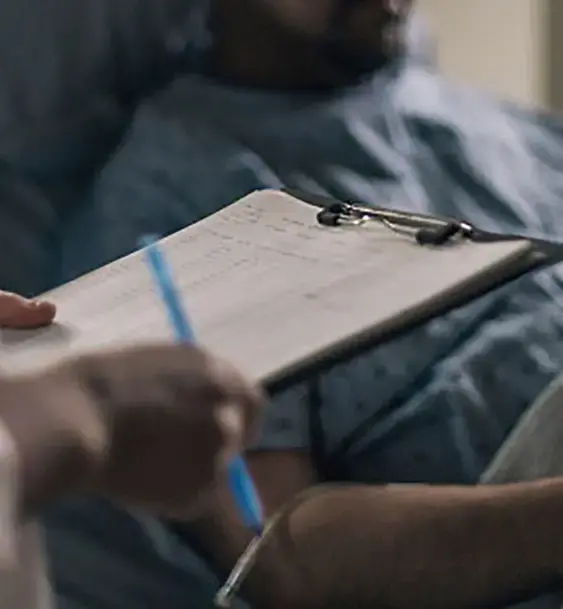
The NHS Long Term Plan: The Key Takeaways & Concerns
The NHS released their Long Term Plan earlier this year, setting out priorities for health care over the next 10 years. Detailing the specific areas in which the £20.5 billion budget is set to be spent, the plan lays the foundation for the UK Government’s future healthcare strategy. Here are the key takeaways and concerns associated with the plan.
Where are Investments Going?
The NHS Long Term Plan contains a wide variety of measures aimed at strengthening health outcomes for those relying on the healthcare system. Key areas of investment include:
Expanding and reforming emergency care services
Continuing to develop improvements in IT in the hope that some areas, such as appointments and prescriptions, can become fully digitised
Developing an NHS app with the intention of connecting patients to healthcare professionals and tackling common issues in the community such as smoking, obesity and antimicrobial resistance – reducing the burden on the NHS.
What are the Concerns?
The wide-ranging plan is clearly an attempt by the Government to catch problems early and save funds. However there are concerns over whether staff shortages in the NHS will make it difficult to implement the planned changes and make the plan into a reality.
It is well publicised that many Trusts are still missing their waiting time targets for A&E, cancer care and routine operations. So will these changes make any difference to that, or will it add yet another burden to our already overstretched NHS? The plan is ambitious, and time will tell whether the NHS can deliver on it.
Addressing Clinical Negligence
The clinical negligence solicitors at Smith Partnership provide legal assistance to countless clients affected by negligence in the healthcare sector. If you’d like to receive more information about our services, don’t hesitate to contact us via info@smithpartnership.co.uk. Alternatively, speak to a member of our team directly on 0330 123 1229.

Share this article






















